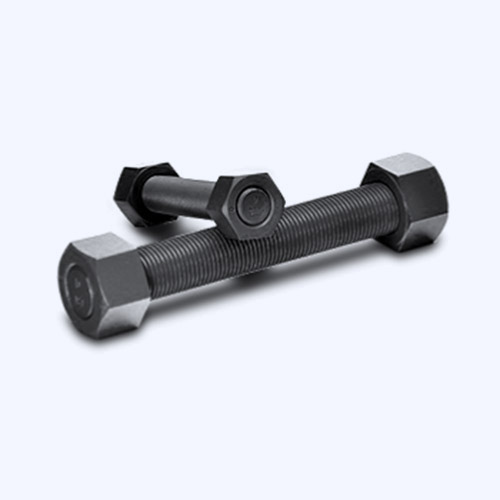Dec . 29, 2024 15:53 Back to list
M16 DIN 934 Bolt Specifications and Applications in Engineering Design
Understanding M16 DIN 934 A Comprehensive Overview
In the vast world of engineering and mechanical design, the smallest components can hold significant importance. One such component is the M16 DIN 934 nut, a specific type of hexagon nut that plays a critical role in bolted connections. This article delves into the characteristics, applications, and specifications of M16 DIN 934 nuts, highlighting their importance in various engineering fields.
What is M16 DIN 934?
The term M16 refers to the metric thread size of the nut, where 'M' denotes metric, and '16' indicates a nominal diameter of 16 mm. The DIN 934 part refers to the German Institute for Standardization (DIN) standard for hexagon nuts. For those unfamiliar with engineering terminologies, a hexagon nut is characterized by its six flat sides, making it easy to grip with wrenches or pliers.
M16 DIN 934 nuts are used in conjunction with M16 bolts or screws, providing the necessary fastening required for securely joining components in various applications. The DIN 934 standard specifies various details about the nut, including dimensions, mechanical properties, and material specifications.
Specifications of M16 DIN 934
M16 DIN 934 nuts generally follow strict dimensional specifications according to the DIN standard. The key specifications include
- Height The typical height for an M16 DIN 934 nut is about 10 mm, although slight variations may occur depending on the manufacturer. - Width across flats The standard width across flats for an M16 nut is approximately 24 mm. This measurement is crucial as it determines the size of the wrench required to tighten or loosen the nut. - Thread Pitch The standard thread pitch for M16 nuts is 2.0 mm, which is essential for compatibility with M16 bolts. - Material These nuts are often made from steel, but can also be found in stainless steel, brass, or other materials depending on the corrosion resistance or strength requirements of the application.
Applications of M16 DIN 934 Nuts
M16 DIN 934 hexagon nuts are widely utilized across various sectors, including
m16 din 934

1. Automotive Industry In the automotive sector, bolts and nuts connect numerous parts, from chassis components to engine assembly. M16 DIN 934 nuts provide robust fastening solutions that ensure safety and performance.
2. Construction The construction industry utilizes M16 nuts for assembling structural frameworks, supporting panels, and anchoring heavy equipment. The strength and reliability of these fasteners are crucial in ensuring the stability of constructed buildings and infrastructures.
3. Manufacturing In the manufacturing sector, M16 nuts are used in machinery assembly, conveying systems, and heavy equipment. Their ability to withstand high loads and stresses makes them ideal for demanding environments.
4. Mechanical Engineering Engineers frequently use M16 DIN 934 nuts in various mechanical assemblies, where precision and reliability are paramount. They form vital connections that can endure vibrations and dynamic stresses experienced in machinery.
Importance of Proper Selection and Use
While M16 DIN 934 nuts are versatile and widely applicable, proper selection and installation are critical to ensure safety and performance. When choosing an M16 nut, considerations should include the material's strength, the environment in which it is used (corrosive, high-temperature), and load requirements.
Moreover, ensuring that the nut is correctly torqued during installation helps prevent loosening over time, which can lead to joint failure. Manufacturers often provide specific torque specifications to guide proper assembly.
Conclusion
M16 DIN 934 nuts are an essential component in the realm of fasteners, providing reliability and strength in a wide array of applications. Their adherence to established standards ensures consistency and performance across different industries, reflecting the importance of small components in larger systems. Understanding these nuts, from their specifications to their applications, illuminates a crucial facet of engineering design and industrial function. As technology progresses, the demand for standardized fasteners like the M16 DIN 934 will continue to grow, underscoring their lasting relevance in both current and future projects.


